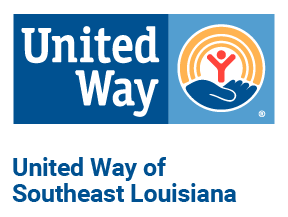Pay the rent or the electric bill? Buy healthy dinner or fill a prescription? The data just released by the United Way ALICE Project reveals that for a staggering 40 percent of households across the country, impossible decisions such as these are a way of life. And when so many families are forced to make difficult choices, everyone is impacted.
There are more than 50 million U.S. households that can’t afford a basic monthly budget including housing, food, child care, health care, transportation and a cell phone, according to new data released by the United Way ALICE Project. 
This calculation includes the 16.1 million households in poverty as well as another 34.7 million families called ALICE, which stands for Asset Limited, Income Constrained, Employed. These households earn above the Federal Poverty Level, but again less than what it takes to survive.
In addition to data, this groundbreaking Project provides a framework and language to understand the reasons why financial hardship is so prevalent. Armed with this new information, we can assess existing public and corporate policies and innovate new approaches to support and develop our workforce.
In Southeast Louisiana, 505,889 households are living below the ALICE threshold, with 19 percent in poverty and 29 percent considered ALICE.
ALICE is your child care worker, your parent on Social Security, the cashier at your supermarket, the gas attendant, the salesperson at your big box store, your waitress, a home health aide, an office clerk. ALICE cannot always pay the bills, has little or nothing in savings, and is forced to make tough choices such as deciding between quality child care or paying the rent. One unexpected car repair or medical bill can push these financially strapped families over the edge.
The ALICE Project’s mission is to make the invisible visible by shining a light on the true number of families struggling in the U.S. It aims to change the national dialogue about the impact on families, communities, and all of us when financial crisis is the norm for so many.
Traditional measures of poverty do not capture the magnitude of people who are struggling financially. This new metric offers a better way to count and understand ALICE, and to ultimately inform policy decisions to affect positive change for this growing portion of our population.
